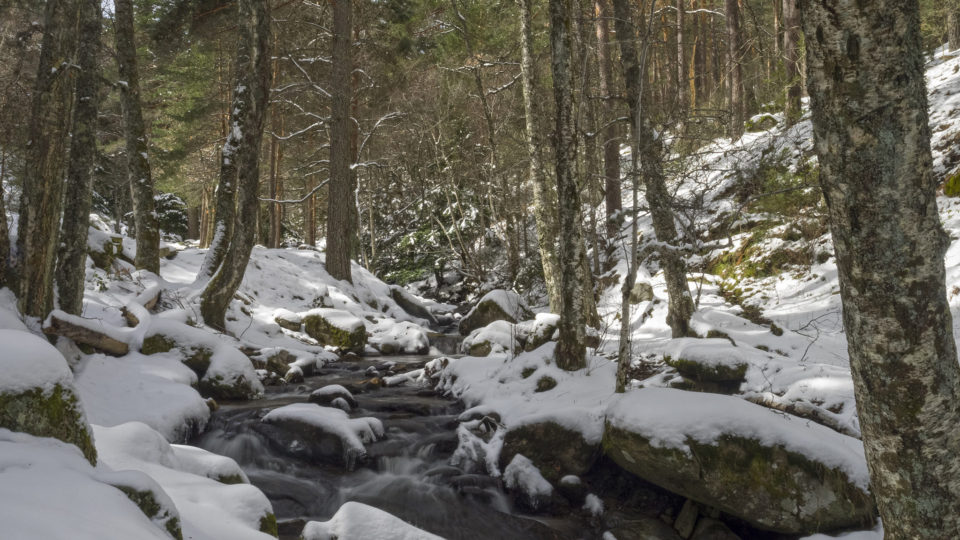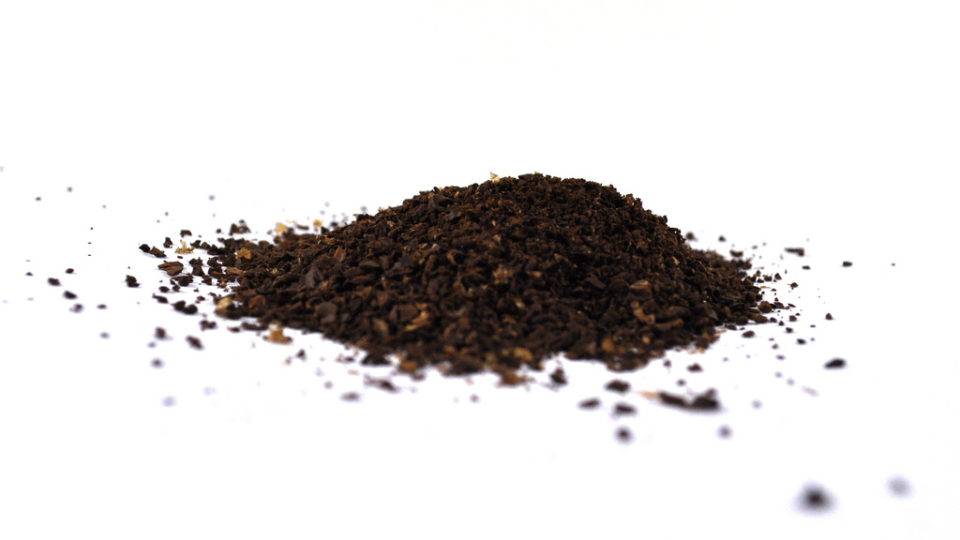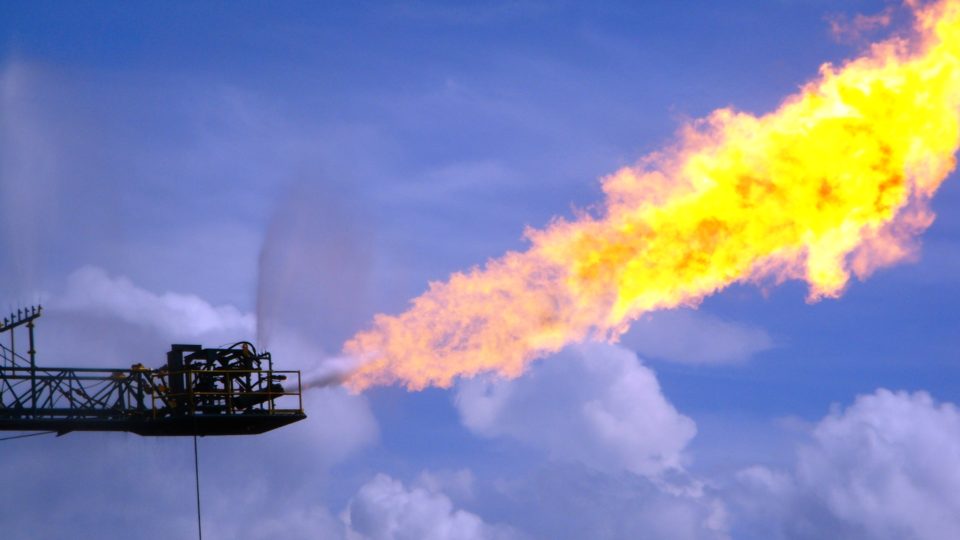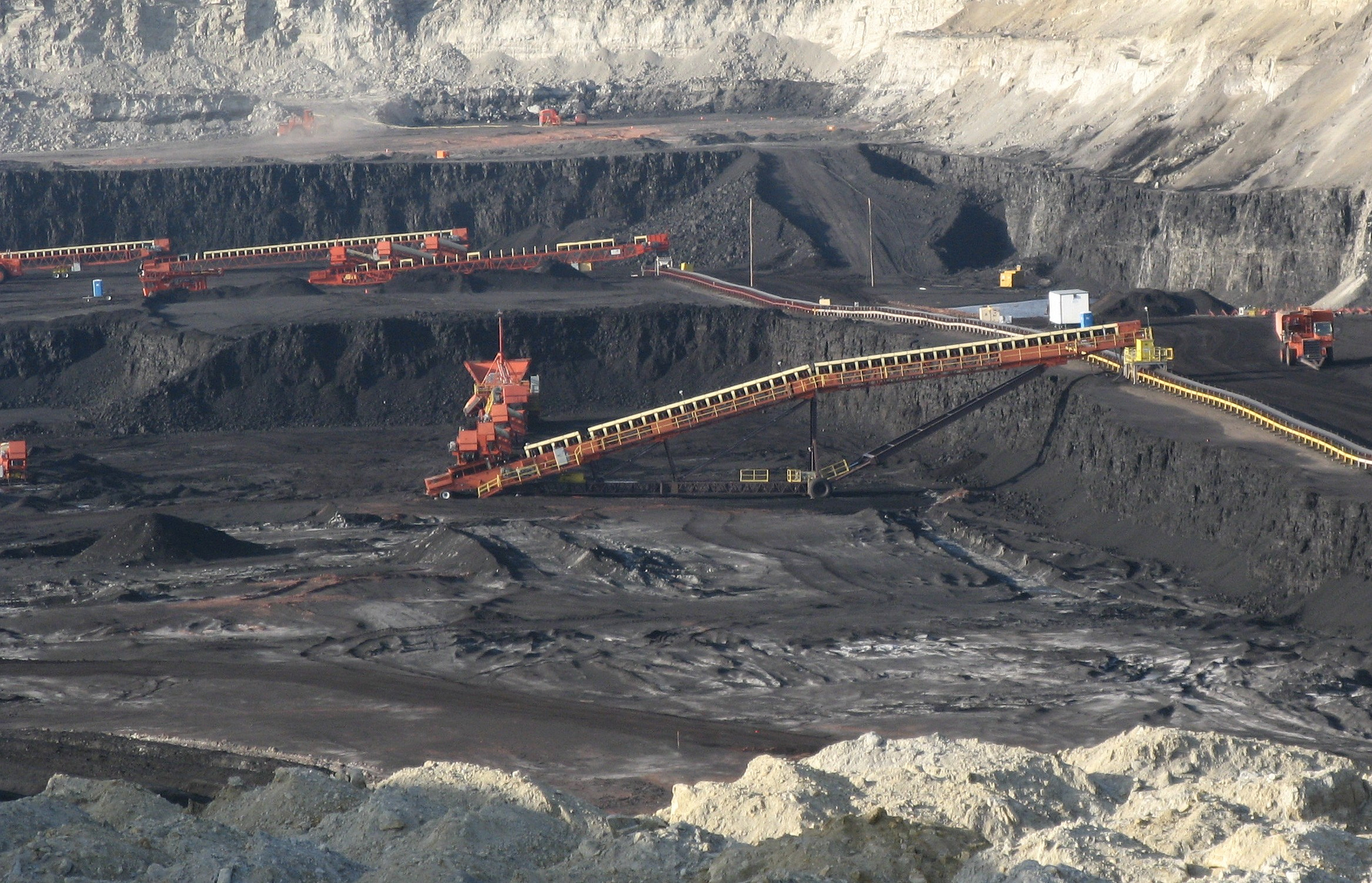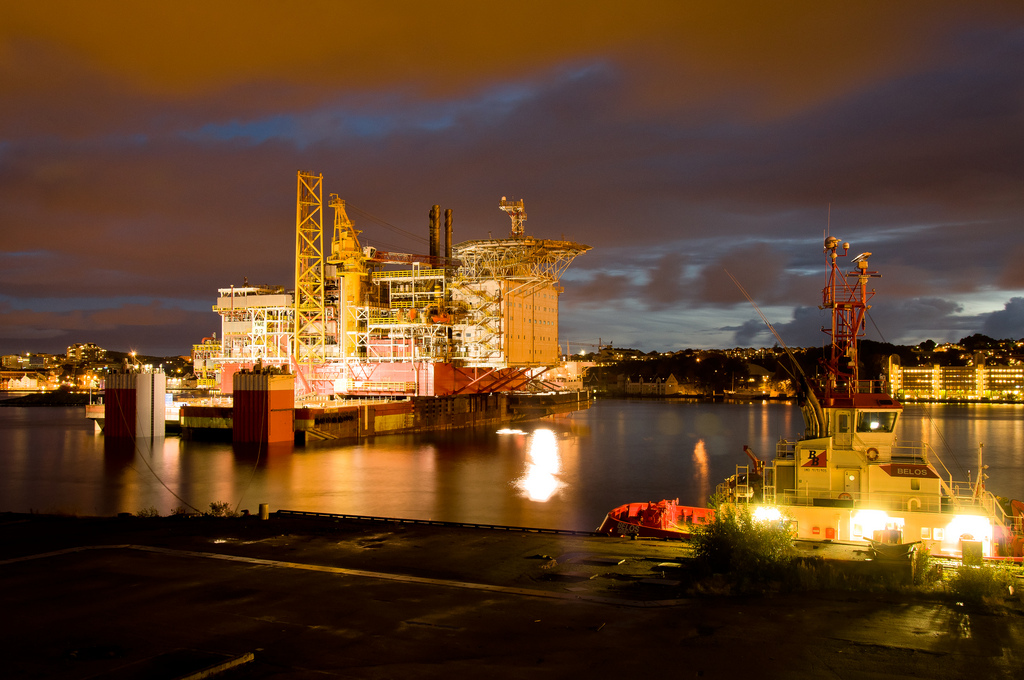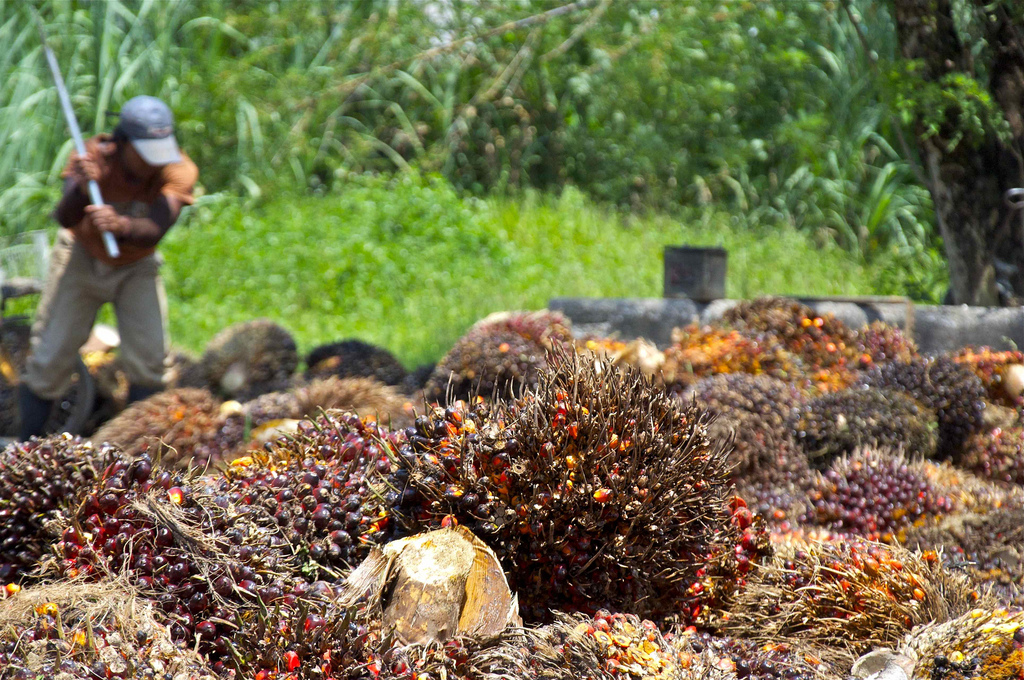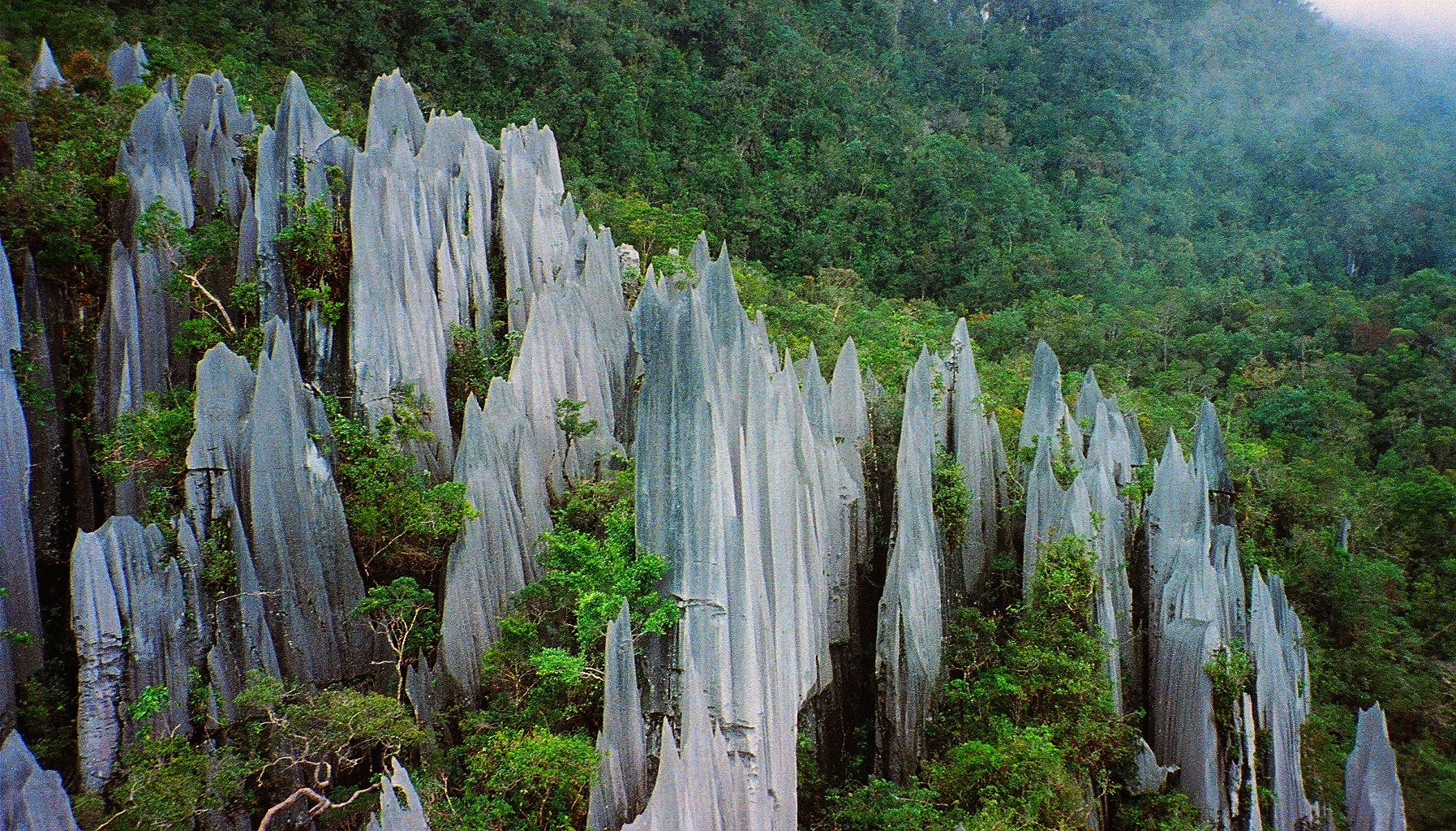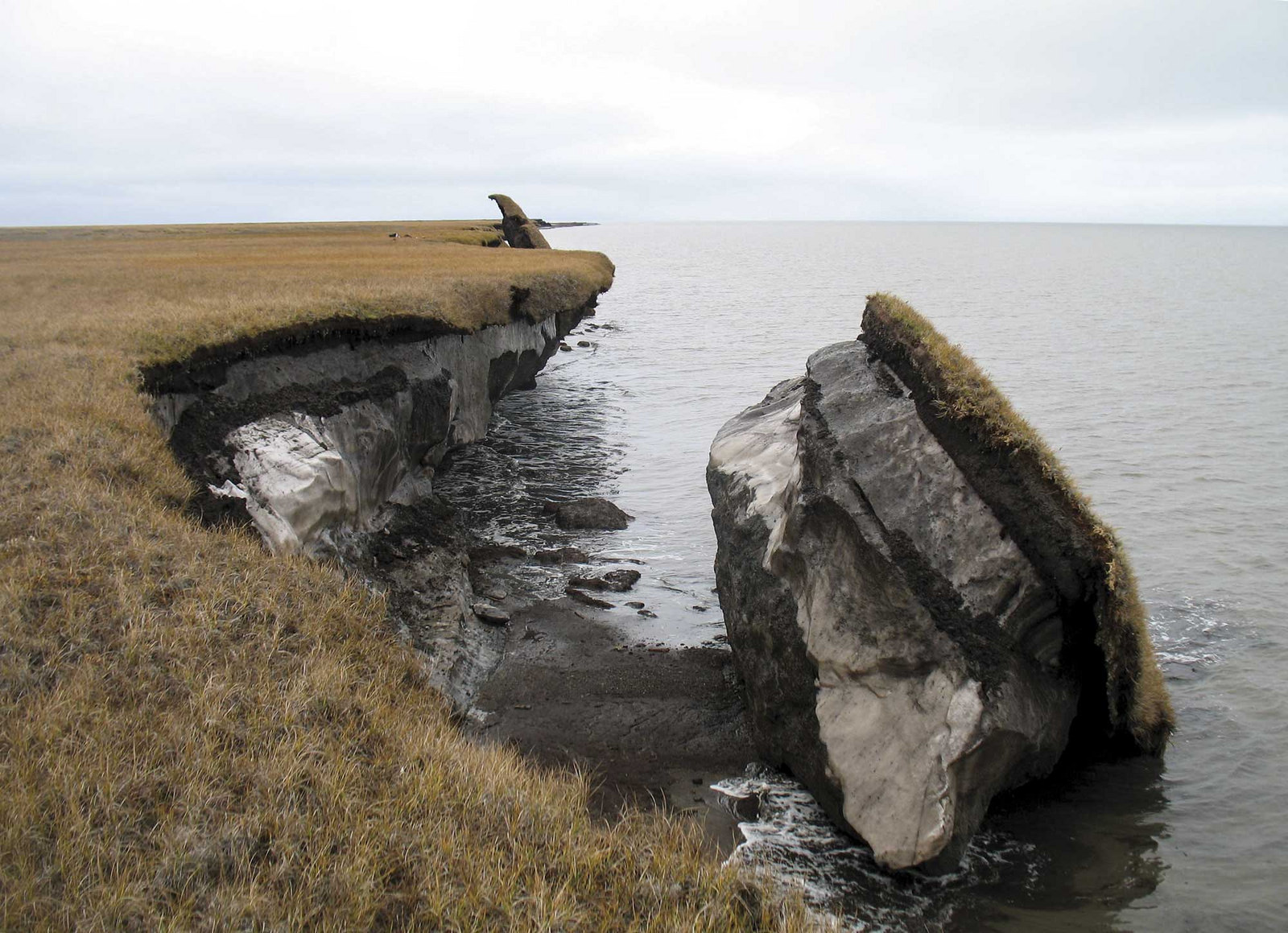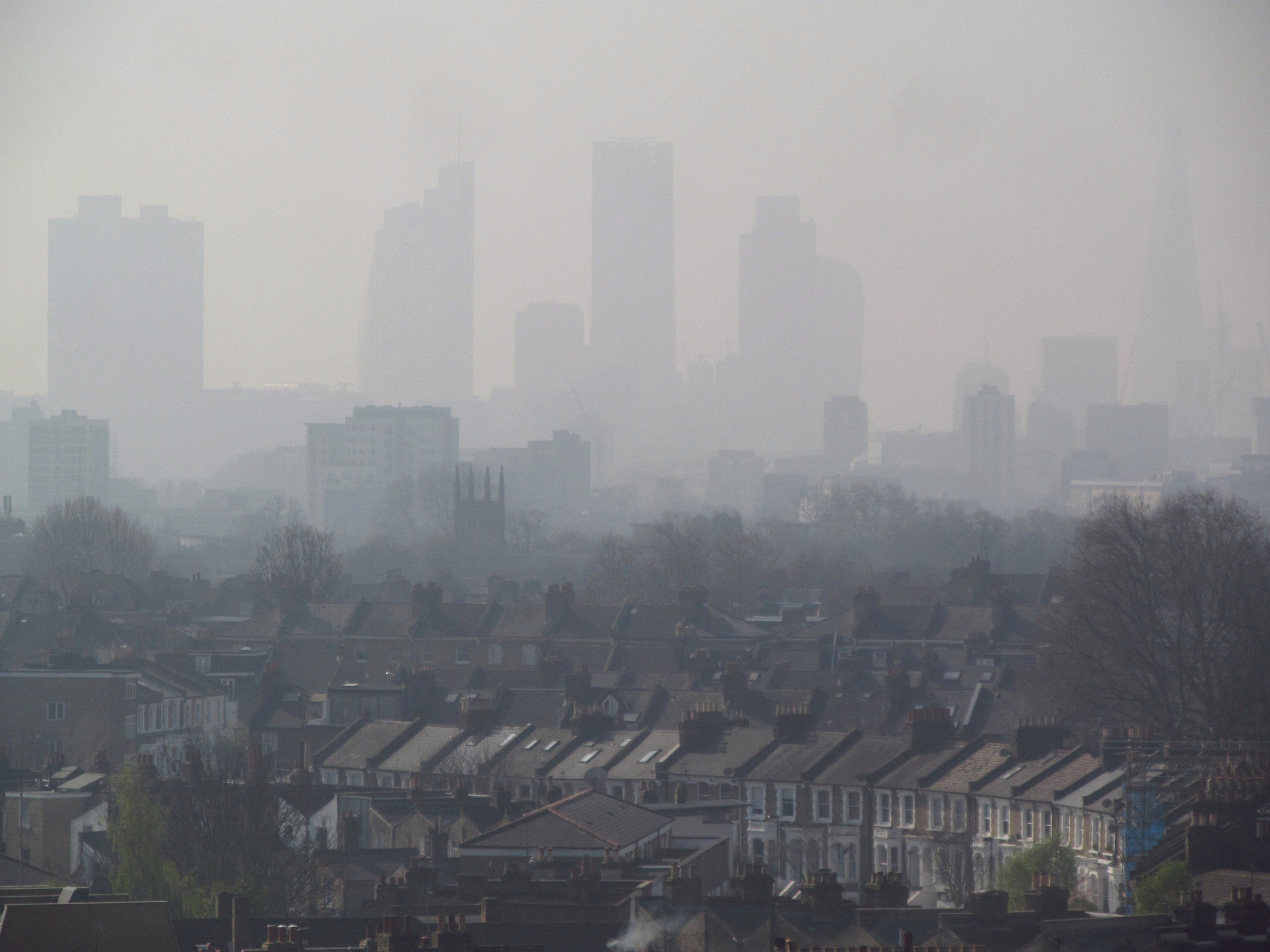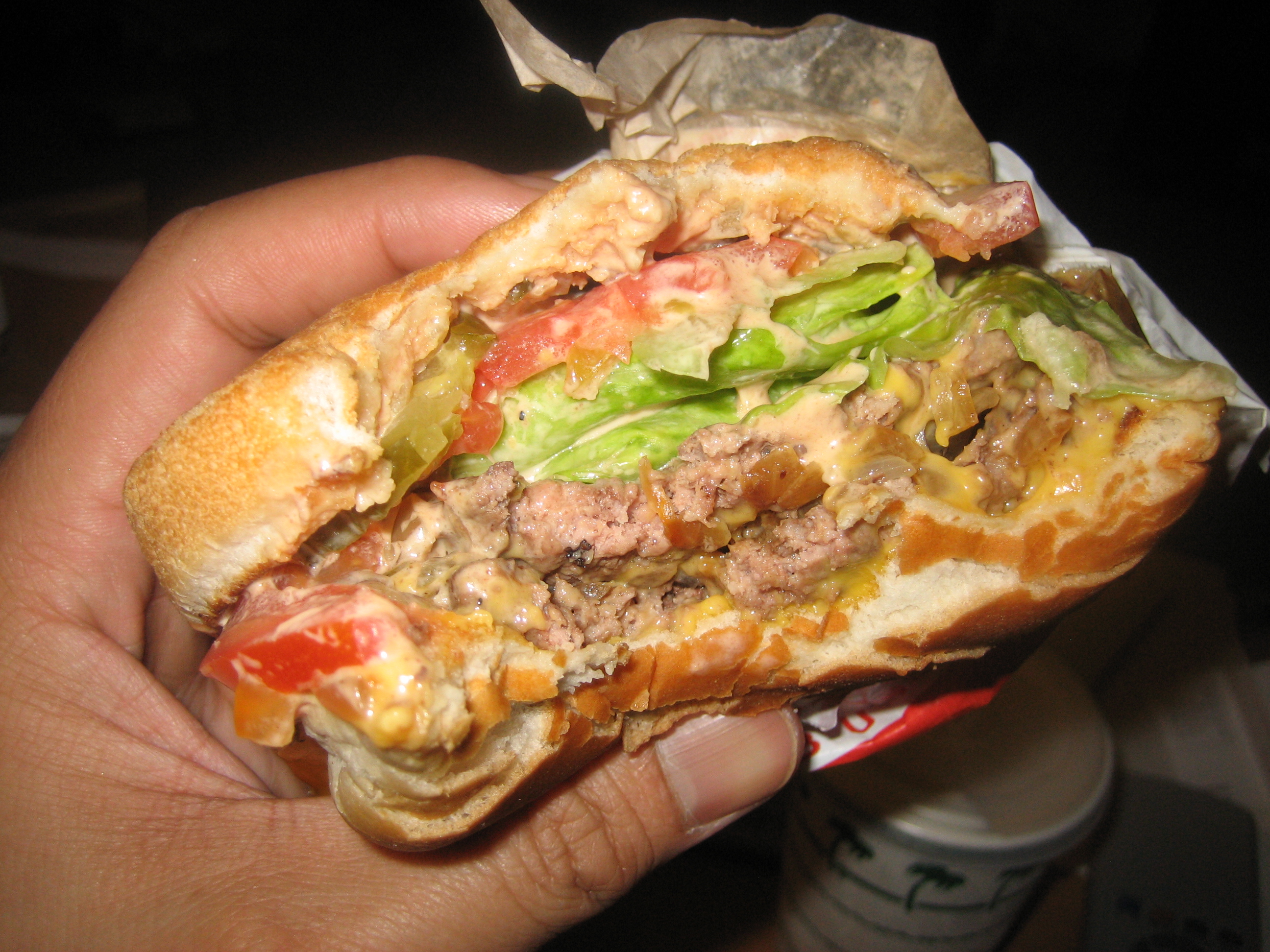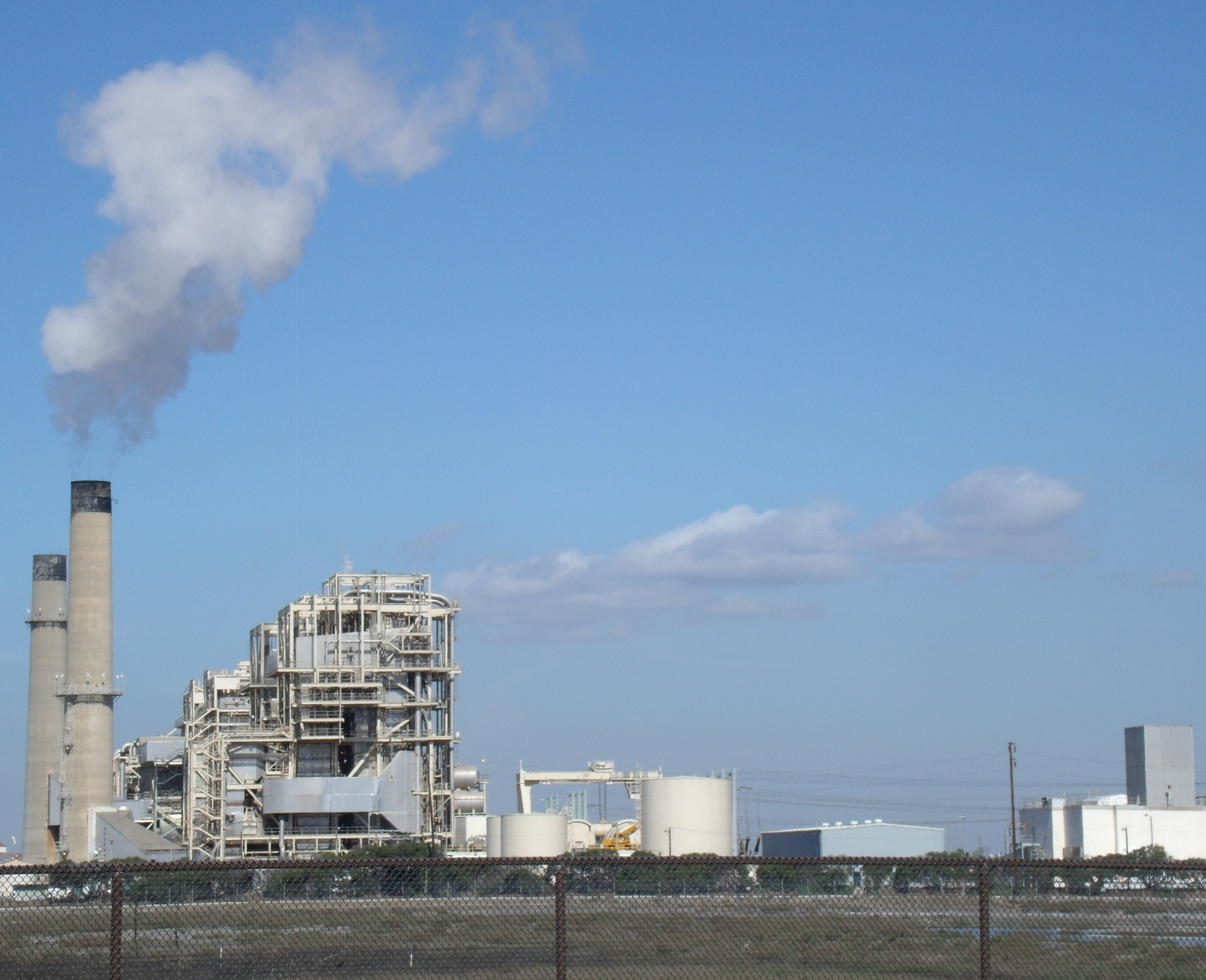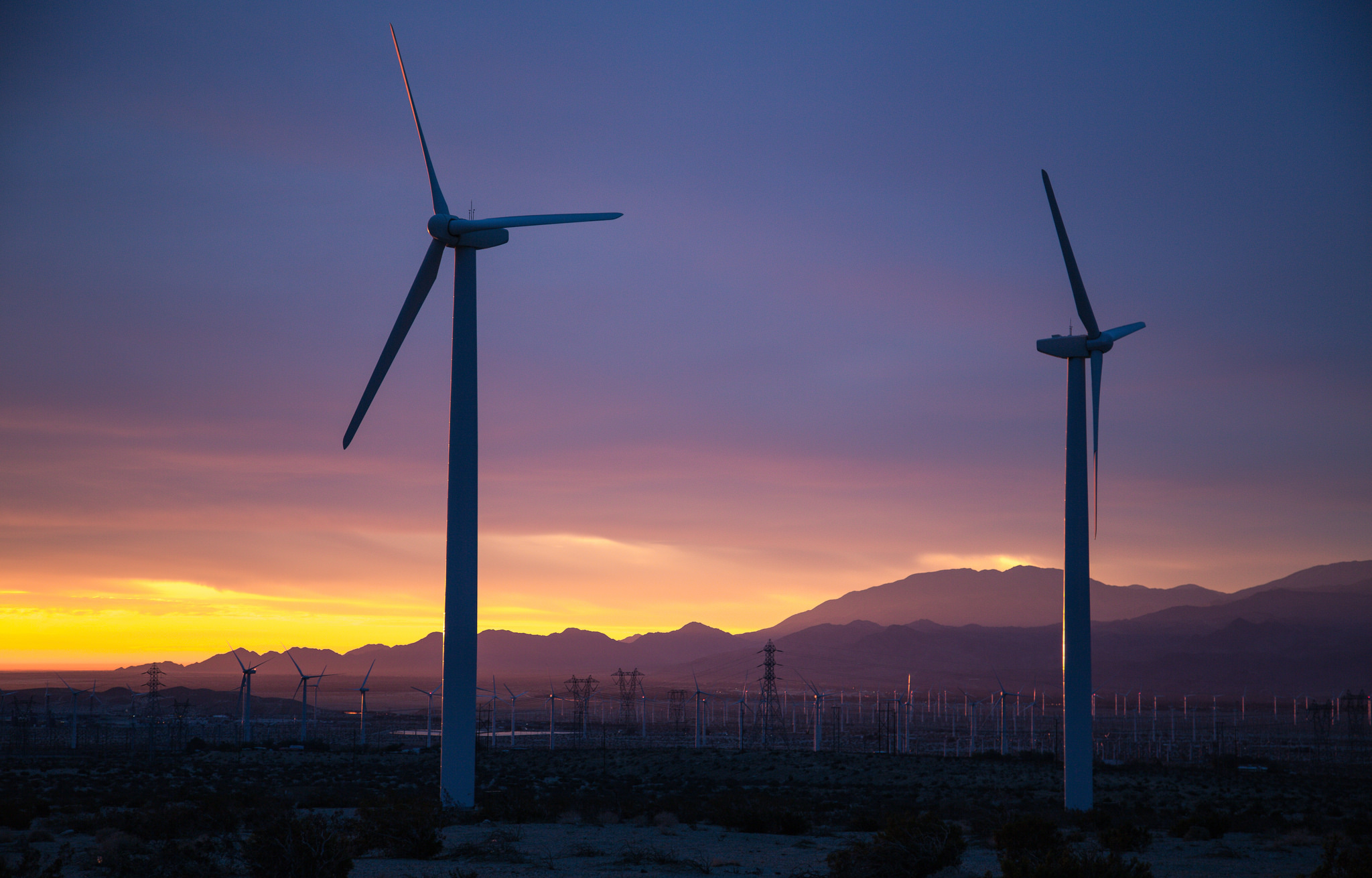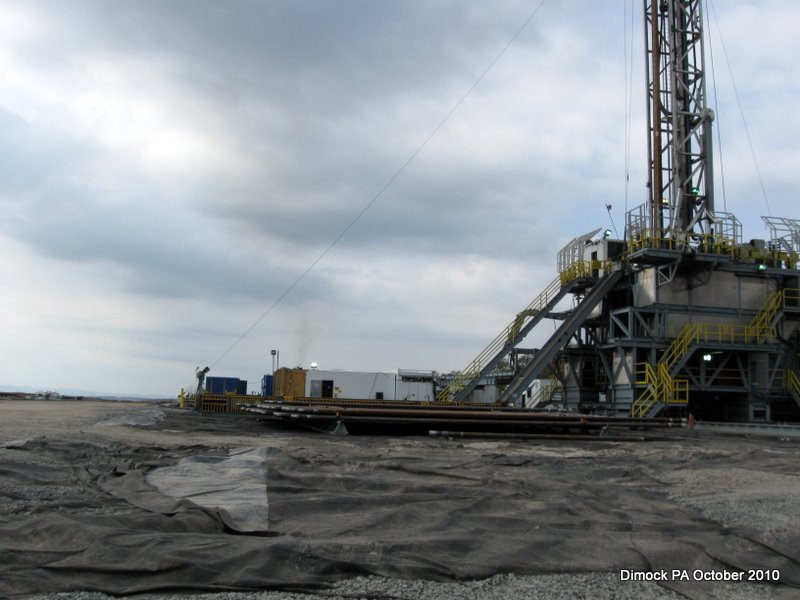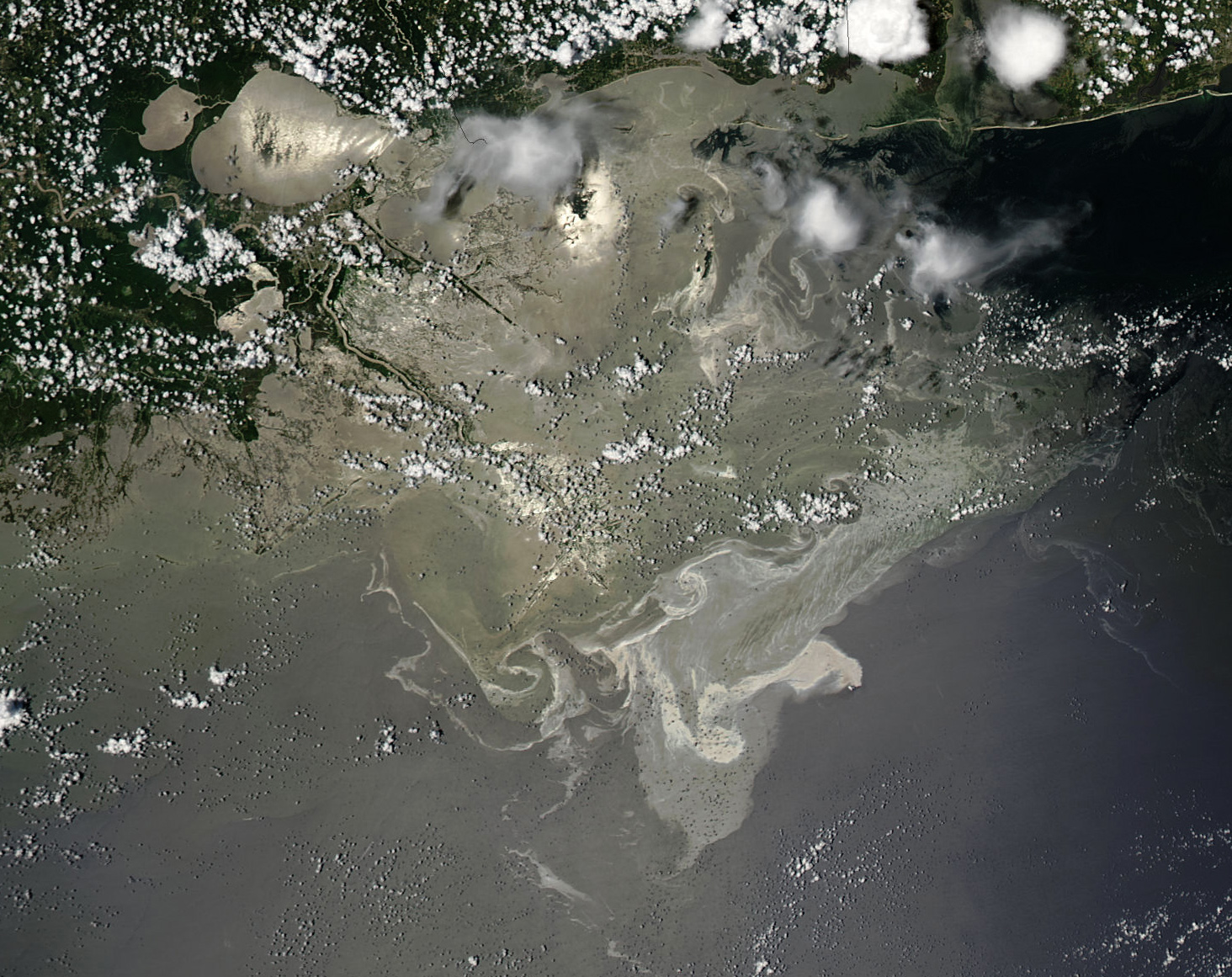oil
North Atlantic Right Whales
North Atlantic right whales are one of the rarest marine mammals in the world. In fact, according to the National Oceanic and Atmospheric Administration, there are only about 450 of the whales left. Measuring approximately 50 feet long and weighing close to 100,000 pounds, North Atlantic right whales are now more critically endangered than mountain gorillas, black rhinos, and giant pandas.
Coffee Power
The residents of London are known for tea drinking, but in fact each of them consumes an average of 2.3 cups of coffee a day as well. But now, it won’t just be commuters that are running on coffee in the morning. London buses will in part run on oil produced from coffee grounds.
The Deadly Cost Of Pollution
There is deservedly a great deal of focus on the effects that carbon pollution is having upon the climate and most countries around the world are working to reduce their emissions. However, even if climate effects were not a serious threat to humanity, pollution is a deadly menace to human health.
Fuel From Greenhouse Gases
Carbon dioxide and methane are the two greenhouse gases that are having the greatest impact on the global climate. There are basically three ways to prevent them from getting into the atmosphere: don’t emit them, trap them and store them away, or turn them into something useful.
A Record Drop In Coal Consumption
Global consumption of coal dropped by 1.7% last year. This is a major change considering that it had increased by an average of 1.9% per year from 2005 to 2015. China, which accounts for about half of the coal burned in the world, used 1.6% less in 2016, as compared to an increase of 3.7% per year over the previous 11 years.
Exporting Emissions
The Paris Climate Agreement seeks to reduce global carbon emissions. The nearly 200 countries who signed it have pledged to reduce their own emissions within their borders. And therein lies the rub: the agreement says nothing about the impact their products have across the world. For some countries, the problem is not so much the emissions they produce; it is those they export.
Palm Oil Progress
According to the Roundtable on Sustainable Palm Oil or RSPO, almost 12 million tons, or 21% of the global supply of palm oil, is now certified as responsible and sustainable. The massive expansion of palm oil plantations has been one of the primary causes of global deforestation. This has been especially the case in Borneo, where 85% of global palm oil production takes place.
Saving Borneo’s Forest
Borneo is the third-largest island in the world, home to part of Indonesia, part of Malaysia, and the small sultanate of Brunei. It is also home to the oldest forest on earth – 130 million years old – which is more than twice as old as the Amazon rain forest.
Carbon Dioxide Marches On
The end of 2013 marked the first occasional observations of carbon dioxide levels in the atmosphere of 400 parts per million. There is nothing magical about that value, but we do tend to focus on round numbers.
Increasing Biological Invasions
Invasive species have been a problem for quite some time. Over the years, we have grappled with – among other things – invasive plants from Japan, zebra mussels from eastern Europe, and Asian fungus that kills off ash trees in our forests.
Food Waste Into Tires
Researchers at Ohio State University have developed a way to use food waste to partially replace the petroleum-based filler that has been used in manufacturing tires for more than a century.
The Threat Of Man-Made Earthquakes
According to a new report from the U.S. Geological Survey, millions of people living in Oklahoma and parts of Kansas face significant potential for damaging earthquakes this year as a result of human activity. The only other part of the continental United States facing a similar danger is California, which has natural faults lines slicing through the state.
Cleaning Britain’s Air
According to a new study by the non-profit group Carbon Brief, carbon dioxide emissions in the United Kingdom are at their lowest levels since the 1920s. Four factors are responsible: a record drop in coal use, the rapid growth of renewable energy, the expansion of energy efficiency programs, and the increased use of natural gas for electricity power plants.
Fast Food Packaging
Much has been made of the dangers of eating fast food. Certainly, its high fat, sodium, and calorie content calls for moderating its role in our diets. But a recent study has found that even the packaging that the food comes in might present health hazards.
Reduced Emissions From Electricity Generation
A recent report from the Energy Information Administration notes that for the first time in 40 years, carbon dioxide emissions from electricity generation are less than those from transportation. The reason is that power plants nationwide are abandoning the use of coal and turning to cleaner burning natural gas, as well as newer sources such as solar and wind power.
[Read more…] about Reduced Emissions From Electricity Generation
2016 Carbon Progress Report
Last year was a big year for progress in the U.S. power sector. Renewable energy provided nearly 17% of the country’s electricity, up from 13.7% in 2015. The first offshore wind farm in the U.S. opened off the coast of Rhode Island. And most significantly, carbon emissions from the power sector continued to decline and reached the lowest levels in nearly 25 years.
Fracking And Earthquakes
Hydraulic fracturing, or fracking, is the process in which water, chemicals and sand are injected at high pressure to split apart rock thousands of feet below Earth’s surface and release oil or natural gas. And it’s a controversial practice.
Are Electric Cars Worth The Price?
Pretty much every discussion of electric cars, plug-in hybrids and ordinary hybrids starts and ends up with the question of whether they are worth the money. If the reason for buying such a vehicle is strictly economic, then this is the right question to ask. But the naysayers who say such a purchase is foolish may be barking up the wrong tree.
